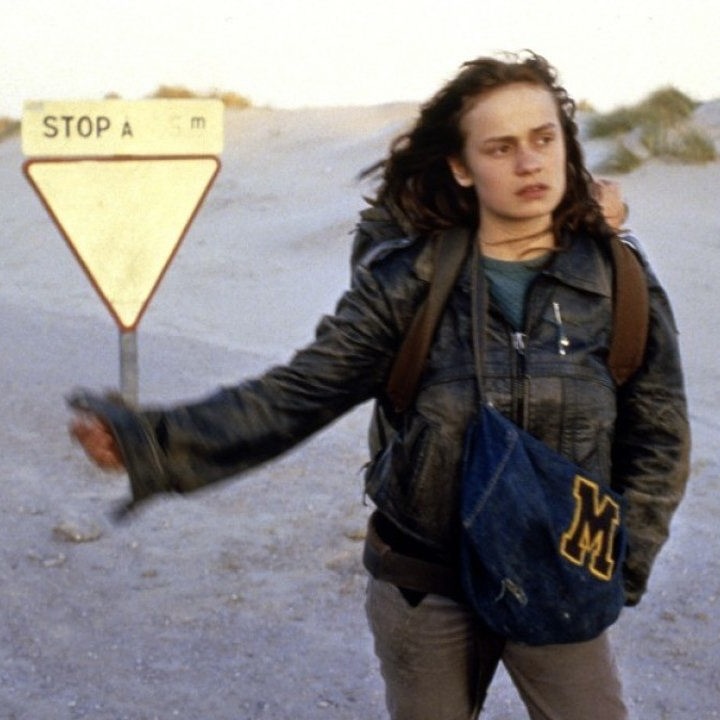HOMAGE TO THE JOURNEY

Cinema and walking: why? Why link the act of walking, a practice of slow and constant movement, outdoors, with the cinematographic experience, a static action in a darkened room, the result of the succession of very rapid frames? In truth, if you look more closely at both, it is possible to notice a certain degree of similarity, much like that which connects two distant relatives, where it is the set of subtle details that establish the link.
The history of cinema is for all intents and purposes pervaded by walking sequences, framed from every point of view. In fact, the very foundation of cinema takes place under this star: the first public screening ever, Workers Leaving the Lumière Factory of 1895, depicts a large group of workers who exit the factory, walking. If we also think about the noun κίνημα (“movement” in ancient Greek) from which the word cinema derives, it is then understandable to imagine why the action of walking, a primary form of movement, has had such an impact on the seventh art.
In the same way, walking—understood as a cognitive, aesthetic and perceptive experience—can have many points in common with cinema. Walking facilitates abstraction from the self, promotes laterality of thought and, above all, increases the predisposition to seek creative solutions. This happens in particular if you walk on foot, in the open air, because, as Hal Borland claimed, “every walk is a discovery; on foot we take the time to see things as a whole.” A similar mechanism occurs when we are watching a film. The brain responds incessantly to audiovisual stimuli, allowing us to empathize, react, reelaborate, and understand what we see on the screen. Cinema and walking therefore share various cognitive processes within the great whole of aesthetic experience. It is no coincidence that Werner Herzog, a great walker and one of the directors included in this retrospective, often said to his students: “You will learn more walking from Can- ada to Guatemala than you will ever learn in a film school.”
For the thirtieth anniversary of the Film Festival della Lessinia, we decided to start from Herzog’s words to build a small retrospective made up of journeys, walkers, and above all female walkers who in various times and spaces face the world, putting one foot before the other. We chose four titles to explore the journey in the plurality of its forms, where we have Italy (For Love and Gold), Europe (Vagabond and Nomad - In the Footsteps of Bruce Chatwin) and the United States (Nomadland); where we find lonely women (Vagabond, Nomadland), two friends (Nomad) and a ragtag band (For Love and Gold); where remote times (For Love and Gold) make way for contemporary ones (Nomad, Vagabond, Nomadland); where the journey is also understood in its most metaphorical meaning (Nomadland); where the documentary (Nomad) it's close to costume comedy (For Love and Gold); where the most traditional fiction (Nomadland) is combined with more experimental formats (Vagabond).
These four titles reveal the soul of a Festival which, after thirty years, continues to expand while remaining linked to its identity and the land that hosts it, and that is already looking to- wards the future: to continue watching films, to continue wondering about the world around us, and to continue walking.
Tommaso Priante






















